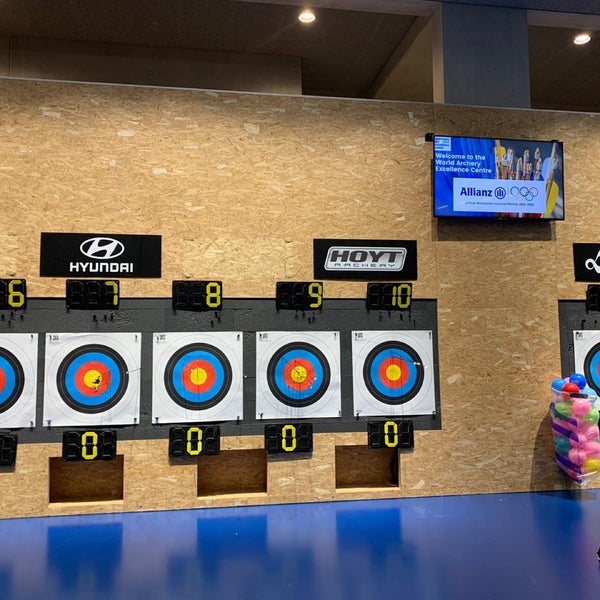Unlocking the Secrets of the Rowing Machine
Understanding the Basics
Rowing machines, often overlooked in the gym, are powerful tools for full-body workouts. Before diving in, familiarize yourself with the basics. The machine consists of a sliding seat, footrests, handlebar, and resistance mechanism. Understanding how these components work together will set the stage for a successful rowing session.
Mastering Proper Form
Proper form is the cornerstone of effective rowing. Start by sitting tall with your feet securely strapped in and knees slightly bent. Grab the handlebar with an overhand grip, keeping your arms extended and shoulders relaxed. Initiate the movement by pushing with your legs, followed by a fluid motion of your core and arms. Finish by fully extending your legs and leaning back slightly.
Finding Your Rhythm
Rowing is as much about rhythm as it is about strength. Aim for a smooth, continuous motion, avoiding jerky movements or abrupt stops. Find a cadence that feels natural to you, focusing on maintaining consistent speed and power throughout each stroke. With practice, you’ll develop a rhythmic flow that maximizes efficiency and minimizes fatigue.
Adjusting Resistance
Most rowing machines offer adjustable resistance levels to accommodate users of all fitness levels. Experiment with different settings to find the resistance that challenges you without compromising your form. As a general rule, higher resistance levels simulate rowing against a strong current, while lower levels mimic calm waters. Adjust as needed to tailor your workout to your goals.
Setting Realistic Goals
Setting realistic goals is key to success on the rowing machine. Whether you’re aiming to improve cardiovascular endurance, build muscle strength, or burn calories, establish clear objectives that align with your fitness aspirations. Start with attainable targets, such as rowing a certain distance or completing a set number of strokes, and gradually increase the intensity as you progress.
Incorporating Interval Training
Interval training, alternating between periods of high intensity and recovery, is a highly effective strategy for maximizing results on the rowing machine. Try incorporating intervals into your workout routine by rowing at a fast pace for a set period, followed by a slower recovery period. Not only does this approach boost calorie burn, but it also improves cardiovascular fitness and builds endurance.
Listening to Your Body
As with any form of exercise, it’s essential to listen to your body and respect its limits. Pay attention to signals of fatigue or discomfort, and adjust your intensity or take breaks as needed. Pushing through pain or ignoring warning signs of injury can lead to long-term damage and setbacks. Remember, progress is a journey, not a sprint.
Staying Consistent
Consistency is the secret ingredient to success on the rowing machine. Aim for regular workouts, incorporating rowing sessions into your weekly routine. Whether you prefer early morning rows to kickstart your day or evening rows to unwind, find a schedule that works for you and stick to it. Consistent effort over time yields tangible results.
Tracking Your Progress
Tracking your progress is essential for staying motivated and monitoring your improvement over time. Keep a record of your workouts, noting metrics such as distance rowed, time elapsed, and average stroke rate. Many rowing machines come equipped with built-in monitors that display this information in real-time. Use these metrics to set benchmarks and celebrate your accomplishments along the way.
Seeking Professional Guidance
If you’re new to rowing or looking to refine your technique, consider seeking professional guidance. Many gyms offer rowing classes led by certified instructors who can provide personalized instruction and feedback. Alternatively, hiring a personal trainer experienced in rowing can help you develop a customized workout plan tailored to your goals and abilities. Read more about rowing machine tips




